Alexandr Kalynichenko provides a deep dive into achieving the perfect recurve bowstring release.
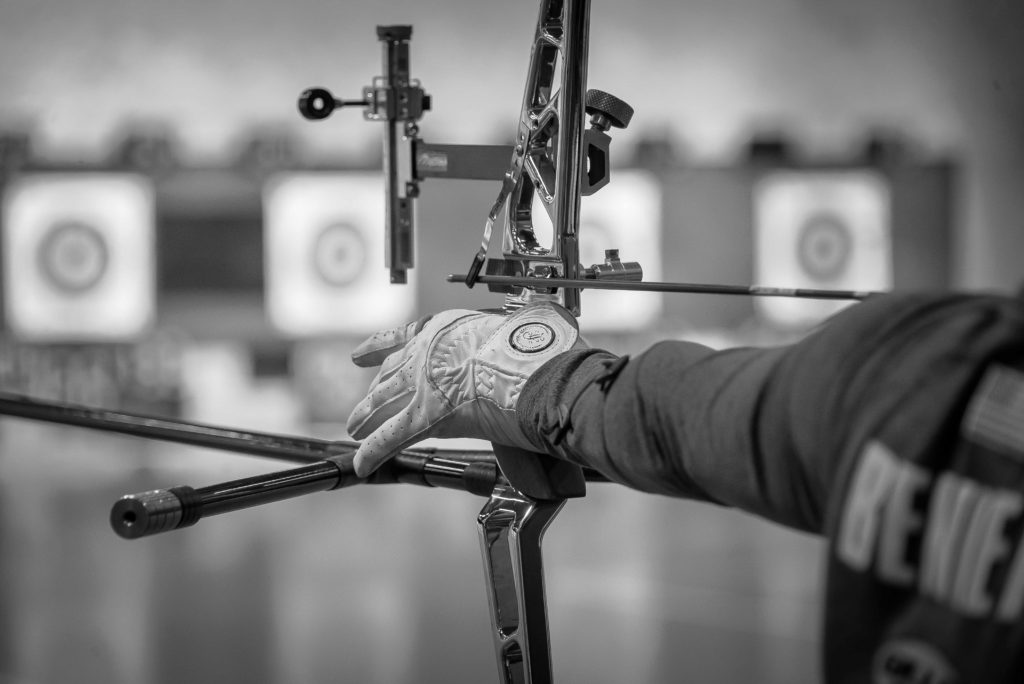
The bowstring release has always been considered as the most important element of an archer’s technique as it predetermines athlete’s performance. It is the cornerstone of archery technique as well as its most complicated element.
Biomechanical analysis shows that the bowstring release can be executed in a few fundamentally different ways:
- With strain in the extensor muscles to the fingers
- By relaxation of the finger flexors
- Strain of the extensors with simultaneous relaxation of flexors
By the end of the 1960s, in the circle of coaches from different countries, there were a few fundamentally different views both on the best ways to release the bowstring and the movement of the hand with the bow after the shot. A lot of reputable coaches asserted that in the moment of release the hand should remain as still as possible.
The champion of the world, a Czechoslovakian archer and coach, Frantishek Hadash, and his colleague Jiri Viskochil recommended releasing a bowstring by quick opening of fingers and imagining as if you have burnt your fingers.
His colleague, Polish coach and famous archery theorist Marian Twardowski suggested relaxing the fingers as fast as possible. These ideas had their followers, and the argument did not have a winner, since the techniques of quick opening and quick relaxing of fingers were both proved to be inefficient.
Moreover, setting up to perform both actions (quick strain and relaxation) provokes the emergence of unwanted violations of the shooters’ motor skill coordination to the same extent.
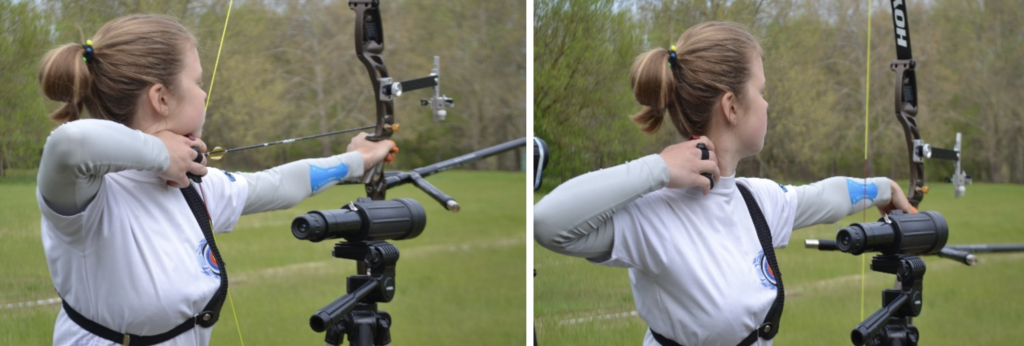
The optimal style of the production of the string developed elsewhere, as coaches from the city of Lviv, Mykola Kalinichenko and Mikhail Khuskivadze, began to promote a new style of shooting in Europe. (For reference: Lviv is located in the western part of modern Ukraine and is known as a city where the first archery world championship was held. FITA was founded there in 1931.)
They concentrated on the development of techniques aimed at solving the problems of “target panic”. That technique of release was called the release of a string ‘by a ‘slip’. This new style totally contradicted the advice of the archery gatekeepers of the times.
According to them, the release of the string was done by the gradual relaxation of deep finger extensors to the critical moment – ‘slip’ of the string. They also recommended that archer’s arms naturally retreat in the direction of “last effort” after the shot.
The archer in this case should not concentrate on holding arms after the release in the maximum still condition, and the fingers should be neither relaxed nor tense.
Another feature of this style developed performance of additional actions such as ‘pulling-pressing’ and a full follow-through. The style of shooting offered by Mykola Kalinichenko and Mykhailo Huskivaze (former USSR coaches) proved to be so revolutionary and efficient that it allowed the rapid rise in performance and further successes of archers of the former USSR who began to use it in the 70’s and 80’s.
As a result, this shooting style had allowed archers of the former USSR to lead in Europe since the 1970s and become record-holders, champions and prize-winners of the Olympic Games and World Championships.
There are many well-known archers of the former USSR whose technique of shooting was based on the principles of the mentioned shooting style: Valentina Kovpan, Zebiniso Rustamova, Natalia Butuzova, Boris Isachenko, Irina Soldatova, Genadiy Mitrofanov, Stanislav Zabrodskyi, Lyudmila Arzhannikova, Vladimir Esheev, Olha Rohova, Natalia Valeeva and Tatyana Muntyan.
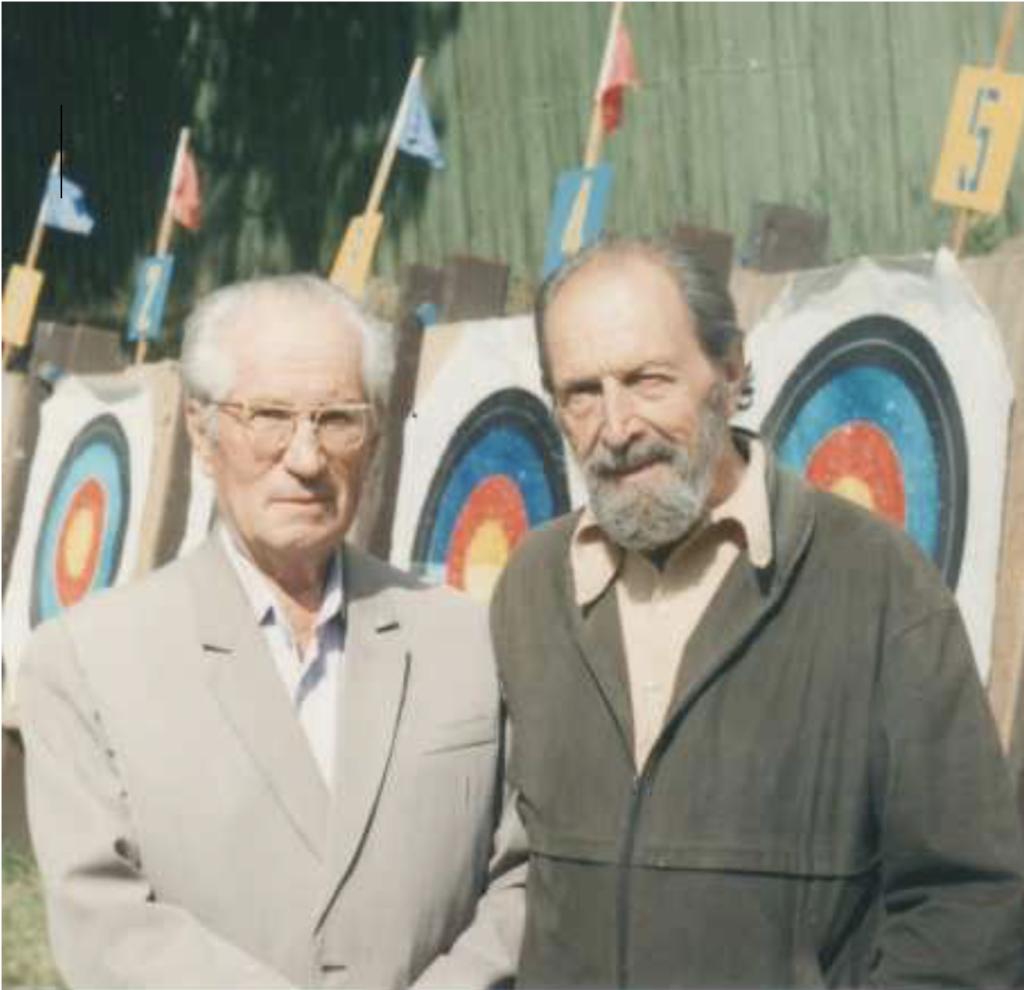
Subsequently, a similar style of shooting began to be replicated in other countries of the world. Similar principles of shooting style spread through the influential coach Al Henderson, from the United States.
Another proof of the advantages and efficiency of the ‘slip of the string’ style is that South Korean coaches and athletes, who are considered to be leaders in modern archery in recent years, use similar principles and methodology in the technical training of their archers.
The main difference between the proposed shooting style is not in its external features, but in fundamentally other psychophysiological mechanisms of muscle control, which the archer involves to perform the final part, the shot.
Note that the archers who began to use the style of shooting ‘slip of the string, involve specific mechanisms of muscle control to perform the final actions, similar to the ‘motion without purpose’.
As we have already mentioned, archers can shoot two fundamentally different ways: one is in the style of slipping with the use of mechanisms of control of the type motion without purpose and another is by the mechanisms of control of the type “target movements”. One is efficient, the other is inefficient.
Accordingly, both the quality of the motor skills of the archer and the performance to a large extent depend on the choice between the two mechanisms of motion control to perform the final actions.
Possibilities of involving various mechanisms of control of skeletal muscle figuratively can be compared with the simultaneous presence in the human body of two networks of control.
And, proceeding from the tasks of the ultimate goal of motor activity, the archer always has the opportunity, at his own discretion, to build behaviour and decide when and in what way to carry out the activity of their own skeletal muscles to perform the shot.
One network is very simple and has been preserved since the time of the emergence of living organisms. The second network is a prototype of modern “computers” and contains an infinite number of complex preventive and security systems.
With this in mind, one can assume that if necessary, a person has the ability to disable automatic control and consciously use a simpler and, accordingly, more reliable mode of ‘manual control’ to perform certain elements of technique.
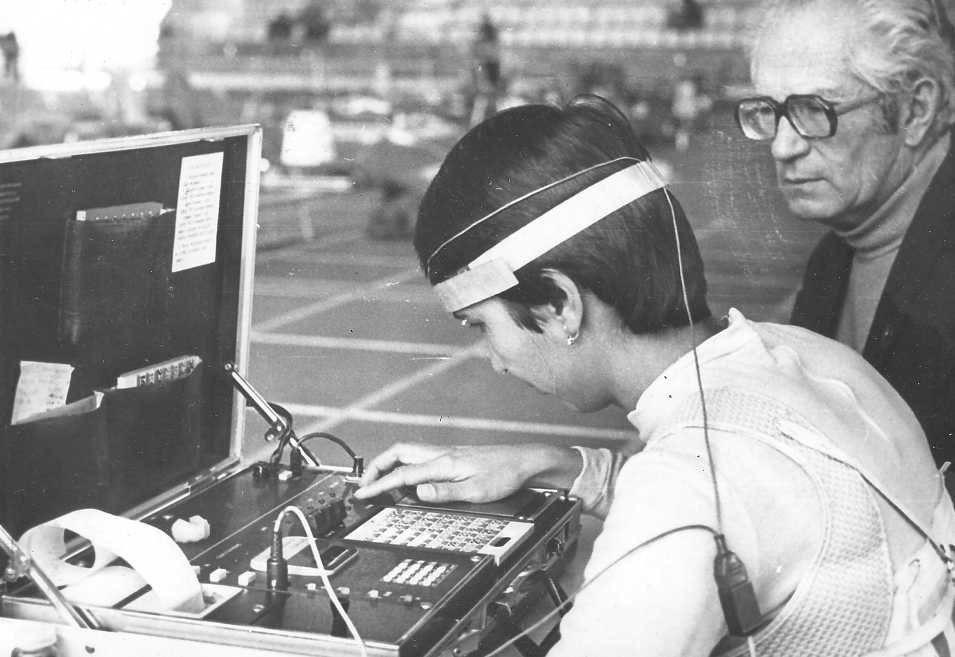
Comprehensive Scientific Group of the USSR team). It was Kalinichenko who was the main
initiator of the scientific principle of training archers of the USSR.
The analysis shows that the methodical techniques that involve control mechanisms such as ‘motion without purpose’ remain the most effective ones to solve problems such as ‘twitching’ and the formation of target panic.
It is natural that the improvement of the theory and practice of archery will never stop, and eventually even more perfect ways to form adaptive actions of the archer will be invented, but their launching and application are still limited by the lack of scientific knowledge and appropriate methodological techniques developed on their basis.
It can be assumed that regular exercises with ‘switches’ to perform motor actions involving specific mechanisms of control of skeletal muscles is the unique factor that allows people to improve human – or possibly even superhuman – abilities.
This phenomenon was noticed nearly a thousand years ago by the instructors of the Japanese art of archery, kyudo, and they saw that those who regularly practiced archery took better decisions on the battlefield than others, and artists, musicians and poets who improved the skills in archery were ahead of their colleagues in the mastery of painting, playing musical instruments and composing poetry.
This observation contributed to the fact that kyudo was equated with a kind of art that positively affects the development of intuition and contributes to the discovery of the “third eye” of a person.
According to our assumption, the improvement of such abilities in a person is due solely to multiple mental manipulations with the change of control mechanisms from deliberate ‘target movements’ to ‘movements with no purpose’. In addition, we assume that a stable manifestation of accuracy is possible only under the condition of having perfect skills in performing the appropriate mental ‘switching’.
Additional proof of the hypothesis can be numerous references to the benefits of exercises, movements, the essence of which lies in “switching” the mechanisms of muscle control in the reverse order – from “movements without purpose” to “target movements”.
Examples include breathing exercises, especially important in yoga. Since birth, a person performs millions of inhales and exhales reflexively, without conscious control of their breathing. But exercises involving the conscious breathing (chest or abdominal respiration, frequency, depth of inhalation and exhalation, breath holding, etc.) can be regarded as the switch of mechanisms of controlling muscles from the ‘movement without purpose’ to ‘target movements’.
Figuratively, the effect of such manipulations can be compared with the fact that an archer and a person who practices yoga can improve the capabilities of their own “biological computer”.
A similar positive effect explains why millions of archers in different parts of the world regularly improve their archery skills and at the subconscious level they experience the pleasure, benefit and need of this activity.
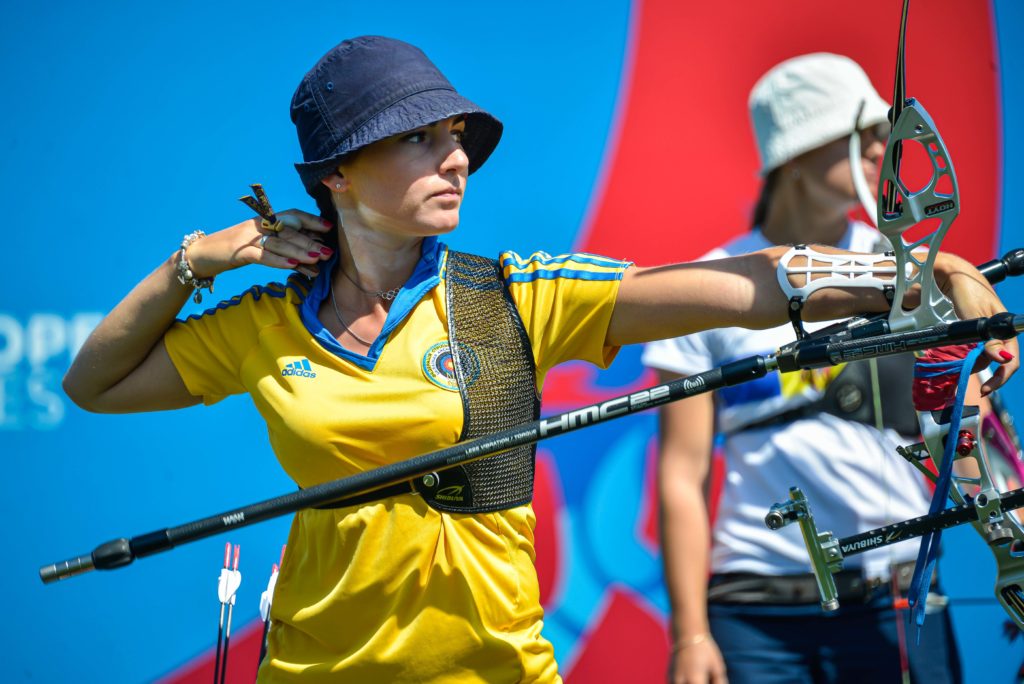
You can judge from the shape of the archer’s fingers whether optimal and effective control mechanisms have been used to perform the shot. If the release of the string was performed by the slipping method, after the shot fingers should remain approximately in the same position as they had when holding it.
Among other signs or markers of the shot performed in the optimal way there is the natural movement of the archer’s arms in the direction of “last effort” and a slight sensation of surprise.
Signs of involving ineffective control mechanisms for the release are straight, tense fingers, or too inert and relaxed ones. At the same time, it is a mistake to leave the bow arm in position with the consequences of “assembling”.
This can be a complicated concept to perceive, but it is desirable that the archer learns to independently see the difference between performing such actions as opening or relaxing of fingers and the action of the “slip of the string.”
We mean the ability of an archer to independently determine when such mechanisms as “movement without purpose”, and when unwanted, conscious mechanisms such as “target movements” are used to carry out final operations.
The involvement of skeletal muscle control mechanisms can be explained by M. Bernstein’s theory of involvement of animal levels of control (level A) and levels of human control.
Sometimes it is quite difficult for a third-party observer to clearly identify which of the above-mentioned control mechanisms is used by an archer to release the string, but for the archer himself, the indicator of the ‘correct’ control mechanisms involved in the release of the string is a slight sensation of surprise. Unlike the tactile or proprioceptor sensations, this one is on the mental level.
To perform the release in the slipping”style archers and coaches are advised to avoid the term “release of the string”, but to use the term “slip of the string”, since the word “slip” more adequately conveys the essence, from a psycho-linguistic point of view.
It is very important to avoid language such as “RELEASE !”, “OPEN FINGERS !”, “RELAX MUSCLES!”, etc. At the same time, giving permission to release of the string is welcomed. As before, watch the shape of the fingers after the release. After the shot, they should remain in the shape they had when holding a string.
Another sign of a correctly executed shot is a slight sensation of surprise at the moment of the shot. It is worth paying attention to the fact that this sensation is related to the archer’s mental sphere and the emergence of the feeling of the unexpected slip can be defined as an indicator of the involvement of “effective” mechanisms of control of the archer’s actions.
The image often associated with this is the filling and sudden fall of a drop of water, the ripening and fall of a ripe apple, or snow falling off a leaf, facilitates understanding of the correct release of the string. Imagining as if the string has cut the archer’s fingers also helps to concentrate on the use of optimal mechanisms for managing the final actions.
The author recommends creating an image of the creation and fall of a drop of honey, as the association with a drop of honey adds an image of viscosity which to a greater extent helps the archer to concentrate on the involvement of the optimal mechanisms of managing the final movements.
The Follow Through
The last phase of the archer’s motor activity is the follow through. Like all the above examples of adaptive actions, the “after hold” phase helps to prevent negative phenomena such as “target panic”.
Ignorance of or non-adherence to the conditions for this phase will, with each next shot, approach the beginning of relaxation of the muscles involved in holding the drawn bow before the critical moment of the “shot”.
Under such conditions, relaxation, and the loss of stability of the archer and their bow will start to run ahead of the shot. The technical ‘after hold’ element should be taken by the archer as a part of the shooting technique in a ‘slip’ style along with the ‘follow through’ element, rather than as a separate movement.
To learn follow through, I recommend that archers are ordered to maintain and control the optimal muscle tone of the shoulder girdle for another one or two seconds after the shot. The movement of arms after the “shot” action should not be stopped abruptly.
It should be smooth and continuous natural movement, similar to the golf club movement after a stroke or when the athlete runs through the finishing tape without changing their speed.
Another aim of the “after hold” phase is to get into the habit of detecting the flaws and errors of individual elements of technique immediately after the shot. This is not a modern invention.
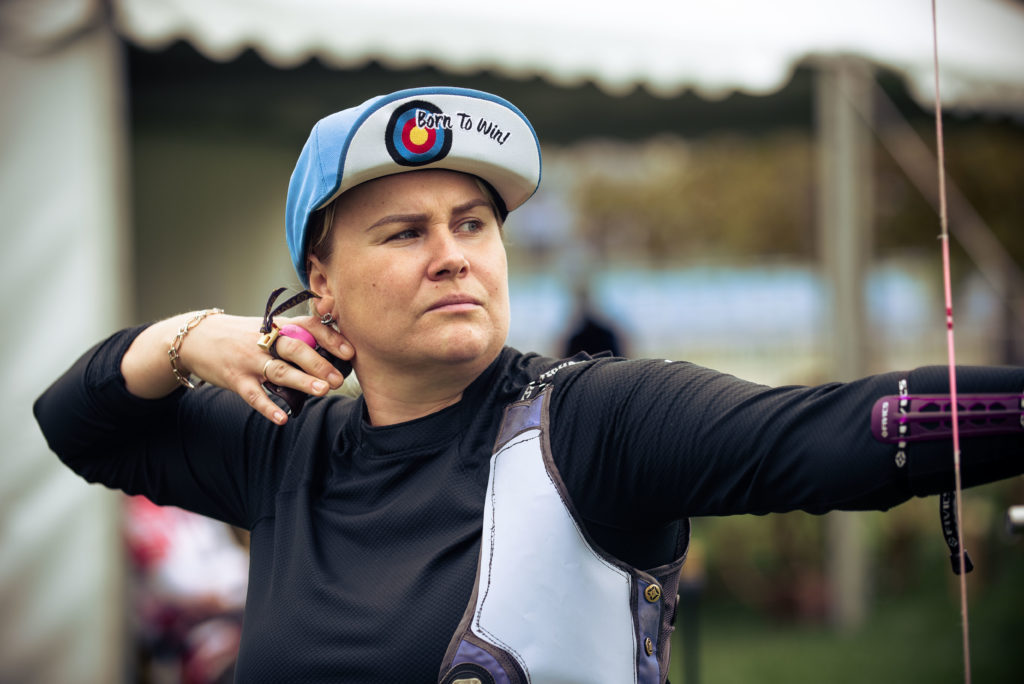
The importance of the qualitative performance of this phase has been emphasised by kyudo coaches for almost a thousand years. In the methodical advice of the coaches of the Japanese archers this phase has a poetic name: “remnant of mind and heart”.
This statement should not be taken in declarative terms. If you look attentively, you can notice that this phrase assists the effective method of checking the quality of the basic elements of the archer’s technique.
From the point of view of modern teaching, the purpose of the after-hold phase is to conduct a quality assessment of the already performed final actions at the expense of information coming from the receptors of external and internal side and sensations of both physiological (somatic) and mental nature.
For example, the so-called technique of a “shot mark” can be attributed to the “remnant of the mind” sphere, that is to control with the help of sensations and receptors of a purely physiological (somatic) plan, while the appearance or absence of a light sensation of surprise of the shot can be attributed to the archer’s psychic sphere.
Thus, controlling the physiological (somatic) and psychic spheres, the archer gets the opportunity to develop a useful habit to check the quality of both the performance of ‘targeting’ and the presence or absence of the appropriate control mechanisms.
It is especially useful to develop the habit of realising inaccuracies and errors of motor actions at the stage of initial training, because otherwise the repeated mistaken performance of actions will only intensify and fix the inefficient variants of motor skills of the archer, and the improvement of skills will inevitably slow down and stop.
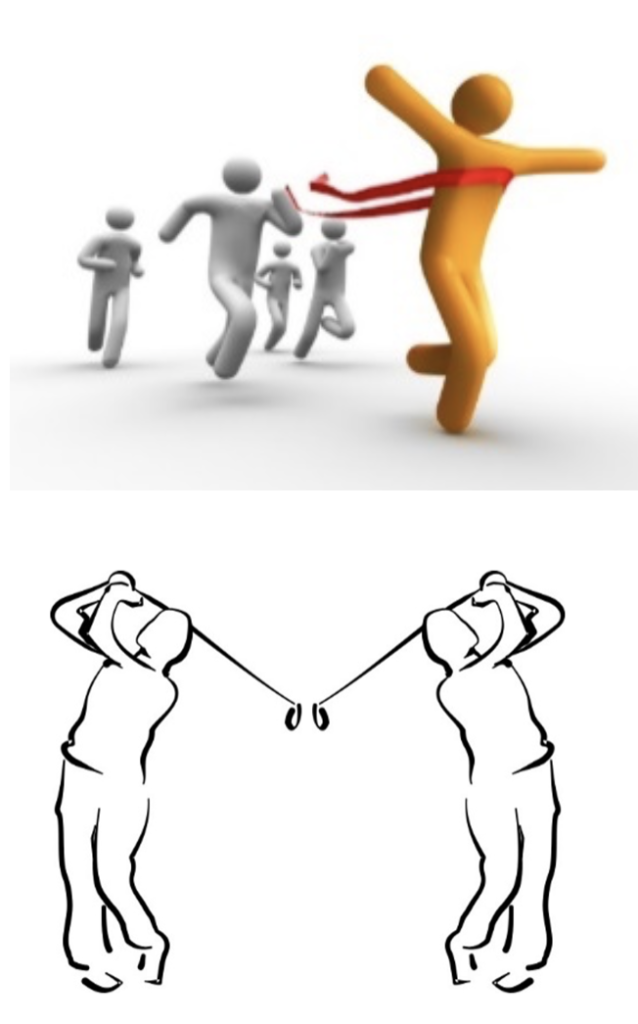
Conclusions
The theory and practice of rifle sports is interesting, because for over a thousand years people have been searching for methodical techniques to reduce the training and improve the quality of the motor skills of riflemen.
Despite the fact that the vast majority of techniques was invented empirically, using the “trial and error” method, all of them are based on the features and laws of the human nervous system.
Archery is a unique form of human activity and its uniqueness lies in the fact that in terms of the duration it is essentially one of the few experiments in which the body participates continuously in the course of tens of thousands of years.
Many effective methodical techniques used by archers were invented before such sciences about human body as anatomy, physiology, psychology, kinesiology, biomechanics, etc., arose.
Thorough analysis of the techniques used by archers and which have already proven their effectiveness significantly enriches the general knowledge about the human body.
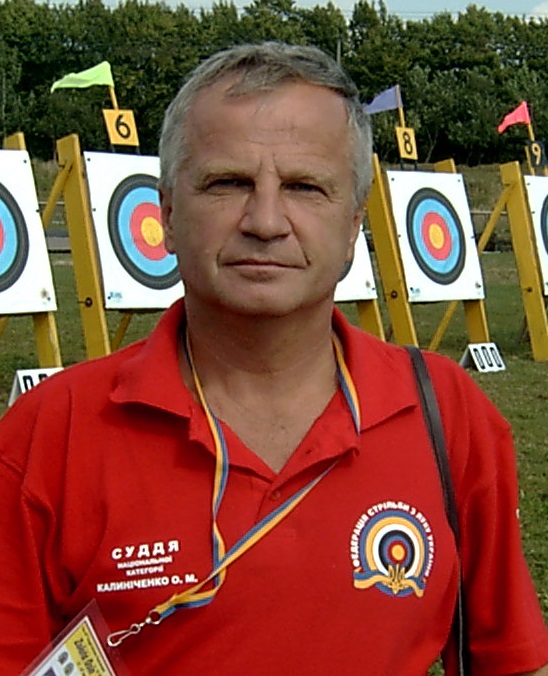
AUTHOR:
Alexandr Kalynichenko, Ph.D.(Lviv, Ukraine)
Coach and President of Lviv archery Federation.


Excelente. Parabéns. Muito instrutivo.